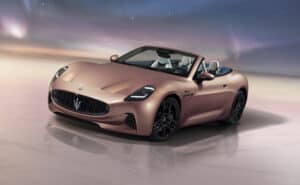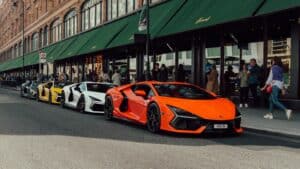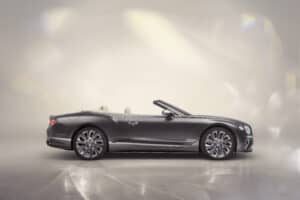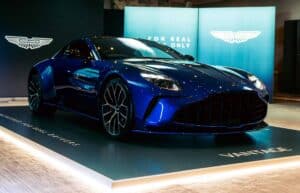At what indeterminable point in time does an old car become a Classic? It may be easier to find the true location of Camelot than be able to find agreement between various groups of automotive enthusiasts as to what constitutes a Classic Car.
It is very easy to define a Veteran Car, as they were, quite simply, built before the First World War. Similarly a Vintage Car was built before 1930, and Post Vintage referred to cars from the 30s until the end of WWII, however after this point it all becomes a bit hazy.
Some automotive organisations may refer to a car made in the 1940s as a Classic, while others my consider cars from the 1980s to Classics.
Classic Car insurance generally kicks in for cars 20 years and older. However, there is also the UK Road Tax exemption on Classic Cars. When this was first introduced, a car needs to be more than 25 years old to be eligible. However now, due to a change in the rules, this only applies to cars built before 1973. So does that make everything built pre-1973 officially classic and everything built after not and never to be deemed so?

Few people would deny that the Ferrari Testarossa was a “Classic” from the moment she was launched in 1984, however hardly anyone would deem a VW Passat from the early 70s as a Classic. The Federation of British Historic Vehicle Clubs is campaigning for the reintroduction of the rolling scheme, but with a 30 year threshold. Yet, as shown above, defining a Classic by age alone oversimplifies it somewhat.
For a car to be considered and appreciated as a Classic there needs to be an aesthetic appeal. This could be for its design credentials or an element of timeless engineering beauty, combined with the ability to turn heads. When pulling up at a country hotel, do other guests stop to stare or ask questions? A Classic Car, like a classic beauty, needs to have that oh-so-subtle envy factor.
Being pragmatic, there is a value equation with Classic Cars which is associated with rarity, desirability and of course age. If the car has stopped going down in value and begun to rise again then that indicates that it has reached Classic status. A concourse car is more desirable than a restored version.

Of course provenance has a part to play and can easily trump the “one careful owner” story, especially if happens to have been driven by a legendary 5 times F1 champion.
In July 2013, the most expensive car ever sold at auction was, undoubtedly, a classic. With a price of £19,600,000, the Mercedes-Benz W196 was the Formula One entry in the 1954 and 1955 seasons, winning 9 of the 12 races entered. It was driven by none other than El Maestro – Juan Manuel Fangio.
Although Stirling Moss also drove this stunning vehicle during the 54/55 seasons I doubt his name on the ticket added quite as much to the price tag as his Argentinean team mate’s .
No matter how one defines a classic, one thing is certain. The current, breath taking collections of our marques are modern day Classics. They tick every box of aesthetic appeal, elegance in design, engineering prowess and a timeless, ageless element of unbridled desire. For more information on some of our modern classics please take a look at our new car collections, for example new Bugattis or new Ferraris.






